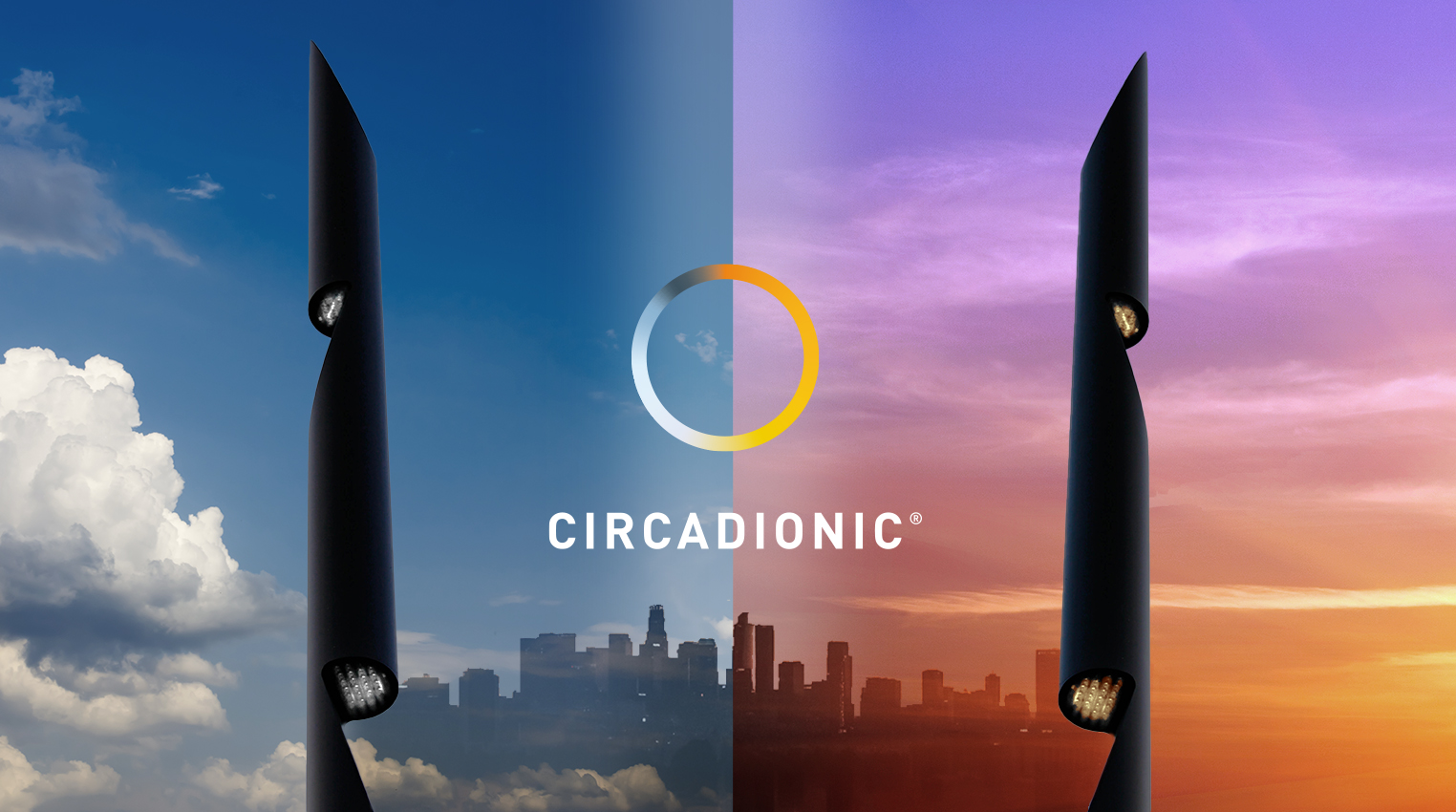Sleep disorders can affect people’s general health and quality of life. Most are caused by problems with natural sleep cycles, breathing, difficulty falling asleep or daytime sleepiness.
The World Health Organisation (WHO) recognises 88 different types of sleep disorders, but insomnia is the most common. Chronic insomnia affects 8-10% of the adult population, and transient insomnia affects around 40% of the population in any Western country.
One of the main problems of nocturnal exposure to blue light is the suppression of melatonin, a hormone secreted in the dark of night that is essential in the regulation of sleep.
Migraine is another disease that affects people’s health and is mostly due to light sensitivity and misuse of light.
The Spanish Association of Headache Patients (AEPAC) estimates that 80% of the population suffers from some type of headache, including migraine, which results in a total inability to lead a normal professional, social and sometimes even family life.
These are throbbing pains that usually affect one side of the head and are associated with symptoms such as nausea, vomiting and fatigue. In addition, 85% of migraine sufferers are also thought to be extremely sensitive to cold light, resulting in a condition known as photophobia.
In turn, Mario Motta, a cardiologist with the American Medical Association, pointed out that there are already numerous studies linking overexposure to artificial blue light to the development of breast and prostate cancer and the danger of this disease progressing faster when there is excessive exposure.
Why is circadian lighting important for our health?
All our vital functions are regulated differently depending on the time of day we are in. This regulation is carried out in a cyclical manner day after day through circadian rhythms.
Light received at inappropriate hours and in disproportionate amounts is an element that affects the circadian regulation system of human beings, causing potential negative effects on their mental and biological health. It is therefore necessary to achieve a lighting environment that does not disrupt people’s circadian rhythm, improving the quality of their sleep and mood.
The effects of light on human physiology depend on many factors, including intensity and colour temperature. Warm, subdued tones make it easier for us to sleep and cooler lights keep us active and focused. The light levels and colour temperature we perceive rise from morning to peak in the middle of the day, signalling that it is time to be awake. This whole cycle is part of the human biological clock throughout the 24-hour day.
Through circadian rhythms, the body releases substances into the bloodstream that promote activity during the day and rest at night. The duration and start and end time of these cycles are determined by the hours of daylight and its colour temperature.
Knowing that sunlight regulates the activity of many of our body’s vital functions, we can appreciate the great importance of good lighting in our lives.
Light that adapts to circadian rhythms
At SETGA we have been working for years to achieve healthy lighting with the aim of improving the habitability, safety and efficiency of our cities, always focusing on the quality of life and health of their inhabitants.
Thanks to the Circadionic LED technology patented by SETGA and manufactured in Spain, this is possible. Its integration in most of our luminaires has allowed its incorporation in different cities in Europe and Spain.
Circadionic preserves the circadian cycle of citizens by varying the colour temperature. It adapts the colour temperature of the light taking into account the economic activity, public health and urban safety of each city and its inhabitants. Static light is not the solution; cities are dynamic and need their public lighting to be dynamic according to specific needs.
Thus, in autumn-winter, although it gets dark around 17:30-18:00h, Circadionic sets the colour temperature at a neutral level above 4200 kelvin (white light) in order to promote cortisol secretion and the feeling of daylight in citizens, as at that time social, commercial and public leisure activity is still high. It is from 20:30h onwards that it is reduced to warmer colour temperatures between 2700-3000 kelvin in order to induce the secretion of the sleep hormone melatonin and promote a healthy night’s rest.
This represents a leap in the evolution of lighting technology that goes beyond energy saving, as circadian lighting improves the quality of life and human well-being, finding the necessary balance to achieve a fairer and healthier world for everyone.
You sleep and the city rests.



